
Optimized feed inlet with anti-arching configuration, supplemented by Siemens frequency conversion feeding motor, so that any grass material can be silky smooth into the pelletizing chamber, improve production efficiency and at the same time reduce the failure rate of the equipment.
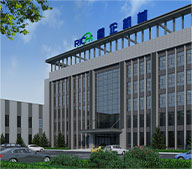
Brand
RICHI
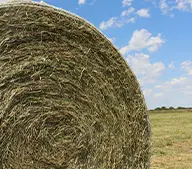
Raw Material
Grass
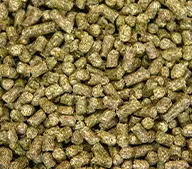
Finished
Pellets
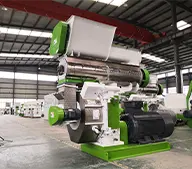

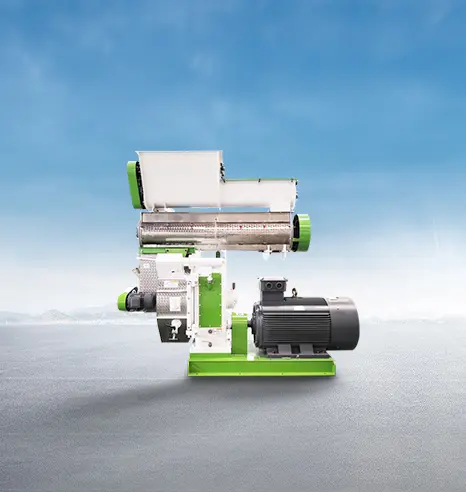
| Model | CZLH320 | CZLH350 | CZLH420 | CZLH520 | CZLH678 | CZLH768 |
|---|---|---|---|---|---|---|
| Main Motor Power(Kw) | 22 | 37 | 90 | 132 | 185 | 250 |
| Arch Breaker Feeder Power(Kw) | 2.2 | 2.2 | 3 | 3 | 3 | 4 |
| Forced Feeder Power(Kw) | 0.75 | 0.75 | 1.5 | 1.5 | 1.5 | 1.5 |
| Ring Die Inner Diameter (mm) | 320 | 350 | 420 | 520 | 673 | 762 |
| Finished Pellets Diameter (mm) | 4~12 | 4~12 | 4~12 | 4~12 | 4~12 | 4~12 |
| Production Output (TPH) | 0.5-0.6 | 1.0-1.2 | 1.8-2.0 | 2.8-3.0 | 4.0-5.0 | 6.0-8.0 |
Technological innovation is essentially all about customer service. To make you feel the convenience of RICHI's products, technologies and solutions in the process of grass pellet production.
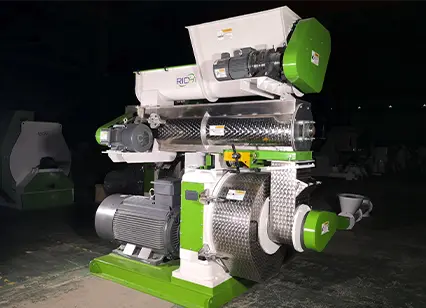
Feeding systems
The frequency conversion feeding system with anti-arching improves the continuity and consistency of the raw material conveyed to a large extent. At the same time there is still a forced feeder escorting the feeder before pelletizing. This improves the yield and quality of the biomass pellet production from the source.
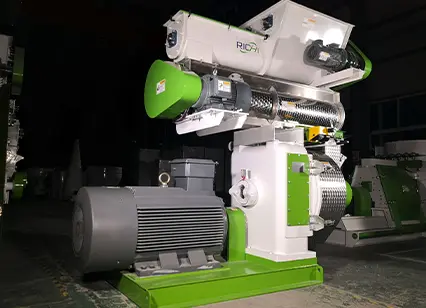
Drive system
High-end Siemens industrial grade drive motor drives the drive shaft of RICHI grass pellet mill, which is more stable and durable than traditional belt drive. In the long run, this not only improves efficiency but also saves maintenance costs.
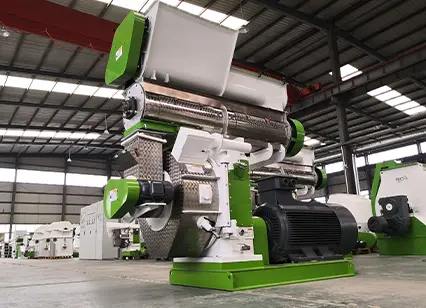
Structure and material
The body of the machine is made of high quality and high specification alloy steel, which is sturdy and durable, reduces resonance and runs stably. The parts that come into contact with the raw material are made of high grade stainless steel, which does not affect the raw material in any way and greatly improves corrosion resistance.
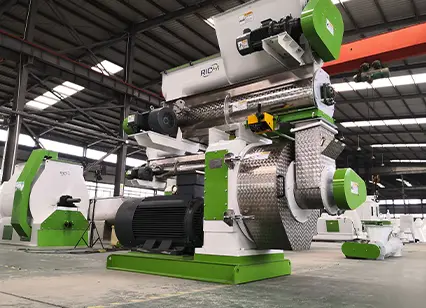
Control and Safety
Each RICHI pellet machine is equipped with an independent electric control system and safety stop function. It can not only avoid losses caused by perceived errors, but also effectively protect the pellet mill and subsequent production equipment.
Explore our efficient and streamlined purchasing process, designed to simplify and optimize the acquisition of a complete grass pellet production plant. Every stage is tailored to meet your specific requirements, from the initial schematic design and precise manufacturing processes to secure payment methods and seamless on-site installation and commissioning. Furthermore, our comprehensive spare parts service provides ongoing support and ensures optimal machine performance, offering you long-term reliability and peace of mind.


Solution Formulation
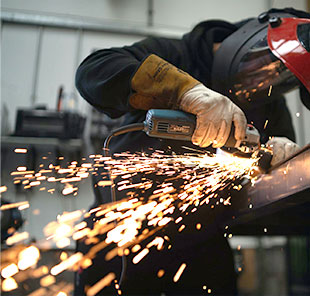
Equipment Manufacture

Secure Payment
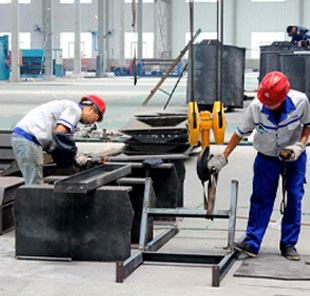
Spare Parts Service

HENAN RICHI MACHINERY CO.,LTD
Henan Richi Machinery Co., Ltd was founded in 1995. After more than 20 years of development and growth, RICHI has grown into a modern enterprises engaged in independent research and development, production and sales, Including feed pellet machinery and engineering, biomass pellet machinery and engineering, organic fertilizer machinery and engineering, conveyor equipment and engineering, steel structure engineering, silos, automation control technology and engineering product development and manufacturing, design and installation. The company has passed ISO 9001 international quality management system certification and CE certification!
Get Quote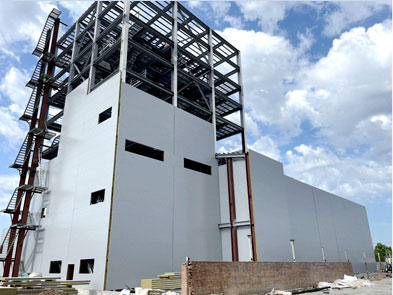

This state-of-the-art equipment supports a wide range of feed formulations for poultry and livestock, improving feed quality and reducing production costs. And its scalable design accommodates future expansion.
Learn More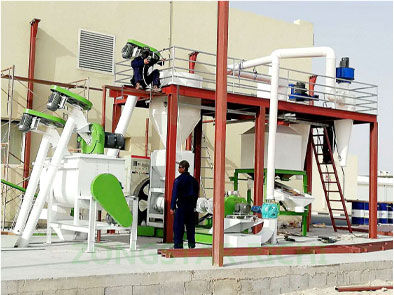

The system is fully automated, enabling seamless operation with minimal labor and supporting sustainable agricultural practices through the use of alfalfa and other forages.
Learn More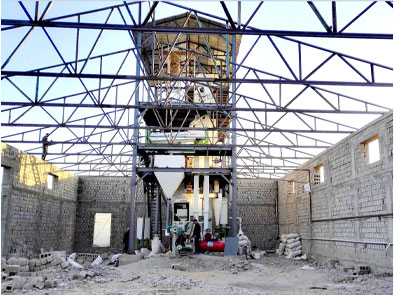

Hardwood residues are processed into durable, high-energy biomass pellets. Designed for industrial production, the system utilizes advanced drying and pelletizing technologies to ensure efficiency and quality.
Learn More

This project is capable of producing fish and shrimp feeds, equipped with precise extrusion technology for superior feed quality. The customer emphasizes its reliability and ease of operation as the main advantages.
Learn More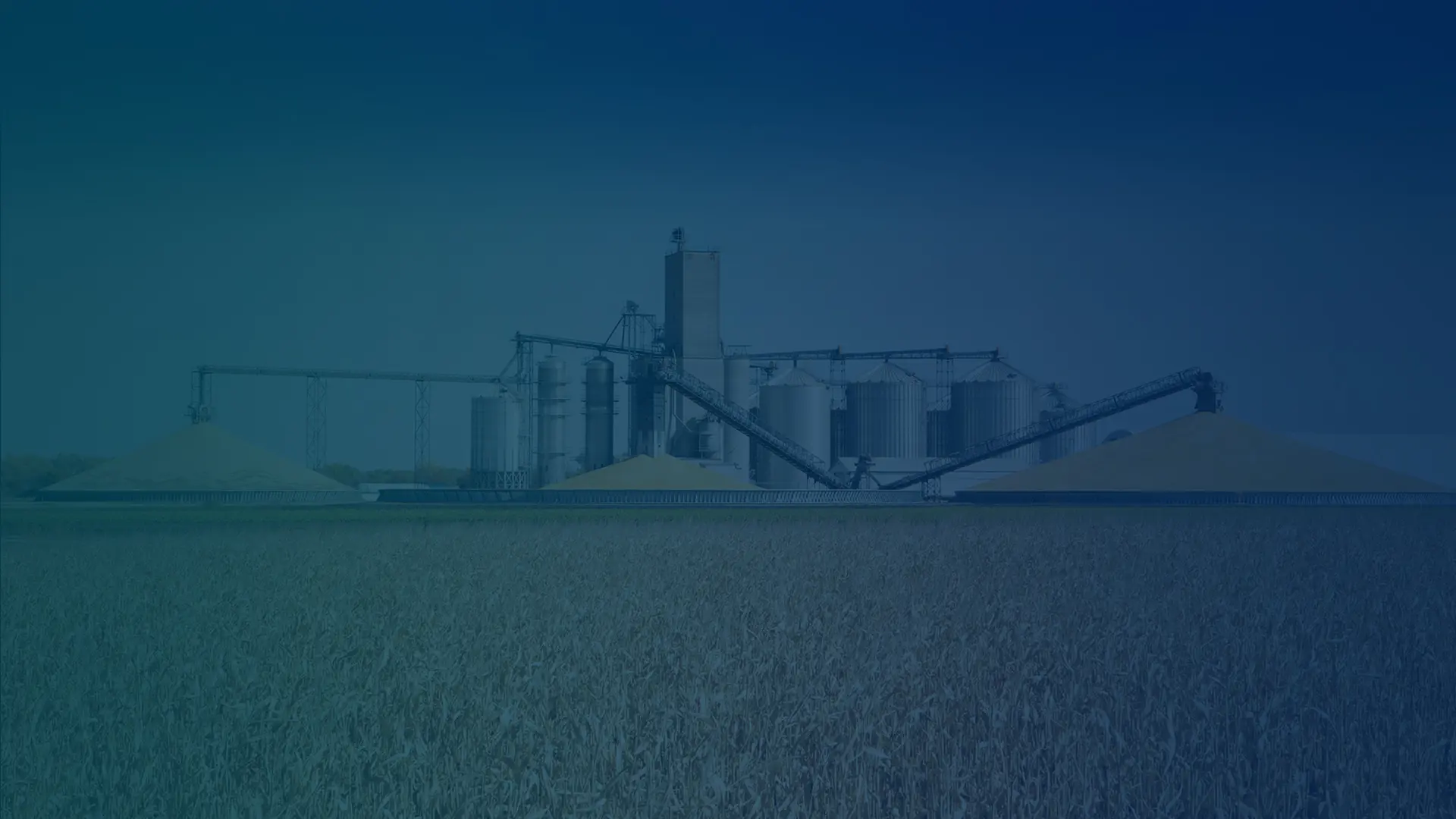
What raw materials do you intend to use for pellet production?
How many tons per hour about this plant you want to build?
Where will your pellet mill plant be built?
When do you plan to start this project?
The ideal moisture content for grass pellet production is typically between 10-15%. This level ensures that the grass is neither too wet nor too dry, which is crucial for effective pellet formation and machine performance. Proper moisture helps bind the material during compression, reducing the risk of pellet breakage and improving durability, while also optimizing energy use and extending equipment life. Maintaining this moisture range ensures high-quality, uniform pellets suitable for feed or biofuel applications.
For animal feed, the recommended pellet size generally ranges from 4 to 10 mm, depending on the animal type. Smaller pellets (4-6 mm) are suited for poultry and small animals, while larger pellets (8-10 mm) work well for livestock like cattle and sheep.
For biomass fuel, pellet sizes are typically 6 to 12 mm in diameter. Standard sizes for residential heating are around 6-8 mm, while industrial biomass fuel applications may use larger pellets up to 12 mm for more efficient combustion.
Yes, many grass pellet machines can process other biomass materials, such as straw, husks, wood shavings, and agricultural residues. However, results may vary depending on the machine’s specifications, such as die size and motor power, as different biomass materials may require slight adjustments in settings to optimize pellet quality. Always consult the machine manual or manufacturer recommendations to ensure compatibility and achieve the best results.
The production capacity of a grass pellet machine varies depending on the model and configuration, typically ranging from 500 kg to 30 tons per hour. Smaller models are ideal for limited feed or biomass needs, while larger models are suitable for commercial-scale production. Capacity depends on factors such as machine power, feedstock quality, and pellet size.
Grass pellet machines generally require a 3-phase power supply, with voltage levels typically around 380V. The specific power requirement may vary depending on the machine’s model and capacity, so it's essential to confirm these details with the manufacturer. The 3-phase setup ensures the machine has the stable and high-power output needed for continuous pellet production, making it suitable for industrial and commercial operations.
Yes, operator training is essential for the efficient use of a grass pellet machine. Training ensures operators understand proper setup, handling, and adjustments to maintain consistent pellet quality and optimize machine performance. It also covers safety protocols, preventing accidents and prolonging the machine's lifespan through correct maintenance practices. Properly trained operators can significantly enhance productivity and reduce downtime due to errors or misuse, maximizing the machine's efficiency and production output.
Yes, grass pellets can be used as biofuel. They are a sustainable, eco-friendly energy source with a relatively high calorific value, making them suitable for heating and power generation. Grass pellets are easy to produce, burn efficiently, and release fewer pollutants than fossil fuels. They can be used in biomass boilers, stoves, and industrial heating systems, offering a renewable alternative for energy needs.
If you need further information, please contact us

For all inquiries fill in the form below to send us a brief message,and we will get back to you as soon as possible

RICHI stick to the service principle is: We are focusing on your future, your future is our future!
© HENAN RICHI MACHINERY CO., LTD 1995-2025
Product Line-Up / Privacy Policy